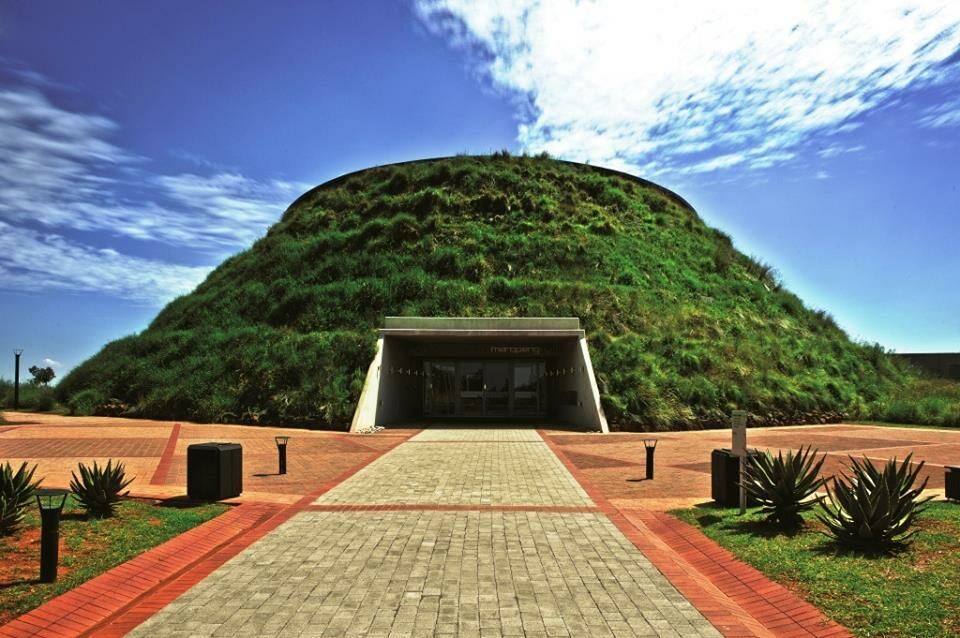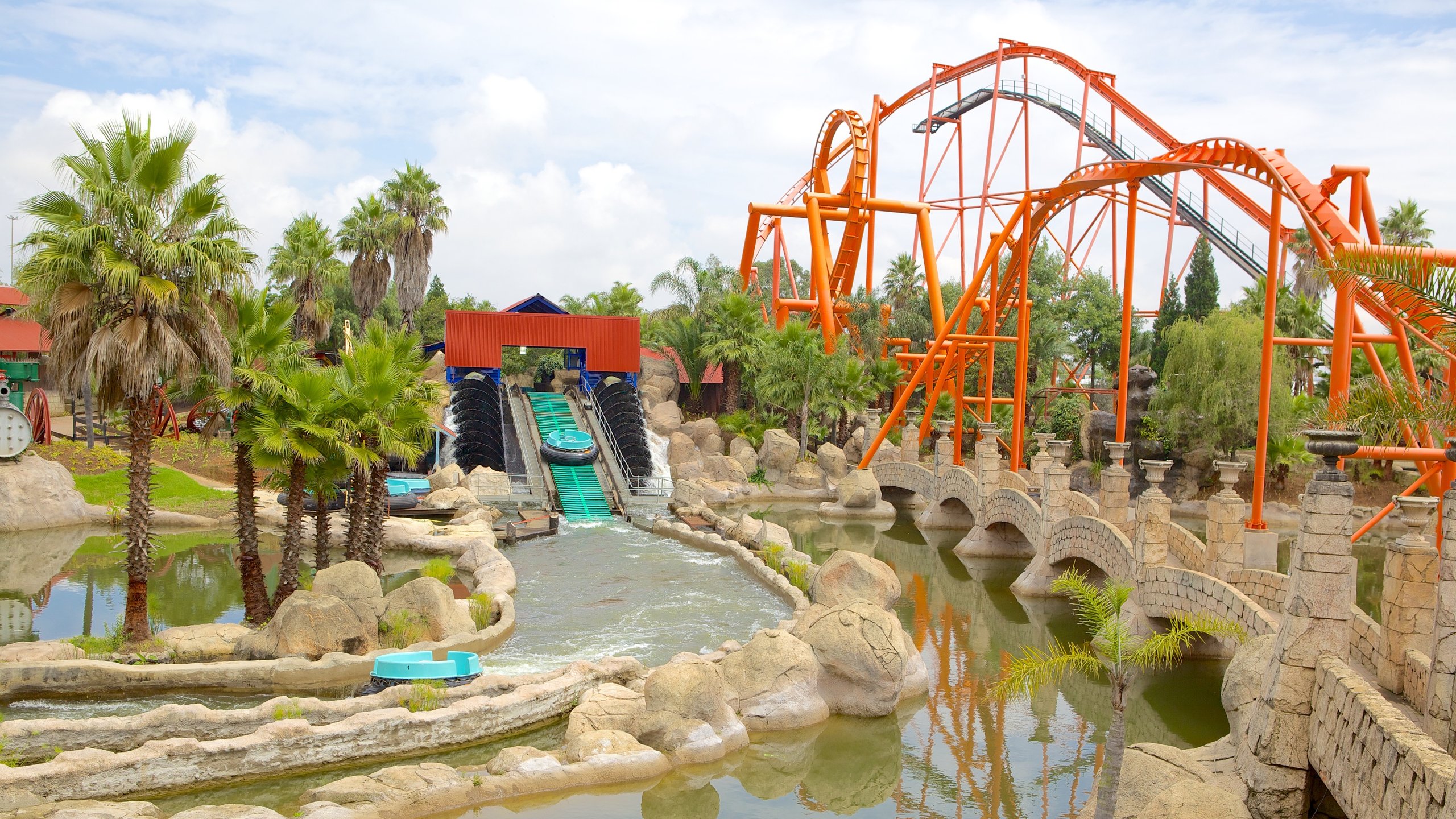Unknown Facts About Johannesburg North Attractions
Table of ContentsJohannesburg North Attractions Fundamentals ExplainedJohannesburg North Attractions - QuestionsThe Ultimate Guide To Johannesburg North AttractionsThe Facts About Johannesburg North Attractions UncoveredUnknown Facts About Johannesburg North AttractionsFacts About Johannesburg North Attractions Revealed
The city owes its place to the visibility of a much more precious source: gold. The city expanded on the side of the Witwatersrand Main Reef, a subterranean stratum of gold-bearing quartz-silica empire that arcs for hundreds of miles below the Highveld. A lot of the gold mines in the city stopped operation in the 1970s, however in its day the Witwatersrand gold sector accounted for greater than 40 percent of the globe's yearly gold production.Johannesburg has a temperate climate. Summer temperature levels average regarding 75 F (24 C); winter months temperature levels average regarding 55 F (13 C) and only periodically dip listed below freezing. The city delights in about 8 hours of sunshine daily in both winter season and summer. Rain averages regarding 28 inches (700 millimetres) per annum, yet the overall differs substantially from year to year.
What rain the city receives drops virtually solely in the summertime months, commonly in spectacular late-afternoon electrical storms. Air air pollution positions a considerable trouble, especially in the winter season months, when thermal inversions hinder the westward circulation of air from the Indian Sea. Air pollution is most extreme in the largely resolved Black municipalities on the city's perimeter, where several residents still depend on coal for gas.

The Facts About Johannesburg North Attractions Uncovered
The balance of the city is inhabited by whites. Holiday accommodation varies in character and quality.
Physical growth, although rather limited by transportation, continued rapidly as migration to South Africa, and Johannesburg in specific, boosted drastically.
A lot of bad suburbs were mixed, with bad blacks and whites cohabiting, although the well-off residential areas were typically booked for whites. This changed with the election of the National Event in the 1948 political elections, who began to formalise the system known as racism. Apartheid officially marked which suburban areas each race could live in under the Group Locations Act.
The number of individuals living in the internal city on a casual basis is unknown, as numerous are prohibited immigrants. The joblessness, education, and age profiles of the location are all unidentified, due to the trouble of acquiring reputable details about the area.
How Johannesburg North Attractions can Save You Time, Stress, and Money.
Centred on the CBD, the region includes the suburbs of Yeoville, Bellevue, Troyeville, Jeppestown, and Berea anchor to the eastern. To the west it spreads to Pageview (Johannesburg North attractions) and Fordsburg. There are tiny industrial parks to the south, such as City West-Denver and Benrose. Around 800,000 travelers travel through the internal city daily, and it operates as a regional buying node for visitors from the southern suburbs. Yeoville and Bellevue have a mix of house structures and solitary residential devices on tiny whole lots. The area is located on a mountainous divide that runs from eastern to west.

Johannesburg Stadium, a training school for both the Golden Lions and Orlando Pirates, is nearby. The eastern look at here residential areas of Johannesburg lie in the city's 7th [] and 9th [] areas. The location is also functionally integrated with East Rand boundary communities beyond the main boundary of Johannesburg, such as Bedfordview and Edenvale (both part of Ekurhuleni Metropolitan Community).
10 Simple Techniques For Johannesburg North Attractions
The eastern suburban areas are some of the oldest areas of Johannesburg, there are large communities of Jewish and various other European backgrounds, the majority of the populace is English speaking. There are three golf courses as well as a number of safeguarded ridges with viewsites.
Initially built to house male migrant workers, many have been enhanced as homes for couples and households. The residential area was not historically permitted to develop work centres within the location, so virtually all of its residents are commuters to various other components of the city.
Not known Details About Johannesburg North Attractions
The N1 Western Bypass connects the northern suburban areas with the north-western suburban areas. The property areas in the northern residential areas are mainly formal, without any substantial locations of casual real estate, or real estate that lacks a long-term framework. Although this is a well established area, there is a trend of land use adjustment from domestic to industrial, particularly along major arterial roadways and around recognized nodes.
Roads to the eastern and west are less well developed, as there are no highways travelling in that instructions. Towards the northern border of the city, the thickness of development reduces, leaving large areas of undeveloped land around Midrand.
Indicators on Johannesburg North Attractions You Need To Know
The first residential area to the north of the inner city is Parktown, which lies on a hillside neglecting the central city and Hillbrow. It has lots of affluent citizens and Edwardian-style manors, in addition to the Education and learning and Medical campuses of the University of the Witwatersrand. The big concrete Charlotte Maxeke Johannesburg Academic Healthcare Facility dominates the skyline of Parktown.
Comments on “The 9-Second Trick For Johannesburg North Attractions”